Column
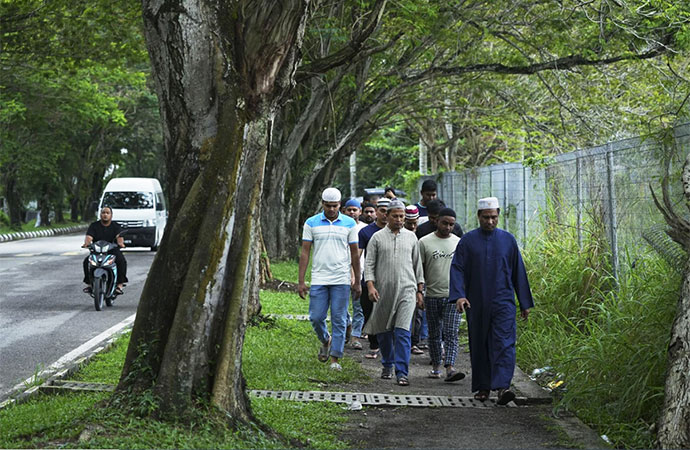
Bangladeshi migrant workers walk to a mosque in Klang, Malaysia, Friday, Jan. 24,2025. Photo: AP/UNB
Migration from Bangladesh of workers to elsewhere declined in 2024. It was not unexpected as the country's situation was unstable with political changes but the issue may be deeper than that. Professional migration is not really produced by government policy and it plays a role in it but not a significant one.
The main force engineering migrant workers to move abroad is from the informal sector which includes various social networks. The process is finalized by the official bureaucracy once it reaches the end of the line. But prior to that its largely a private and social sector activity. These networks include dalals- intermediaries- family members and clan and community networks.
Thus a decline means there could also mean a decline in the demand sector or related issues. However, Bangladesh governments have not shown any significant capacity in generating demand and ensuring supply as they may be beyond its ability as well as being hindered by systemic limitations.
Decline in numbers
The total number of Bangladeshi migrant workers decreased to 1,009,146 in 2024, a 27.4% decrease from 1,390,811 in 2023 says the Daily Star. The media has been speculating about the reasons but nobody is sure. One reason some cite is that the intake by the Malaysian labour market has played a major role but it's the Middle east market which is the major one. So while that impacted, other reasons could be there.
A total of 1,011,856 people went abroad, a decrease of 293,597 compared to 1,305,856 people in 2023, according to the Bureau of Manpower, Employment, and Training (BMET). GOB sources say although the number of workers going abroad has declined the remittance level has been very high. Not just that but BMET, the official manager of overseas work, has shown a higher number of registrations meaning people are even more interested than ever in working abroad.
According to Bangladesh Bank data, expatriates sent home a record US $26.9 billion in remittances, marking a 23 percent year-on-year increase, and providing relief to the government struggling to make the economy run and dollar reserve respectable.
Beyond that the reality is, the migrants have been going abroad largely due to their own efforts and a decline in numbers indicates a potential decline in demand if not down but in the future. However the government has been more worried about its immediate political goals than its economics understandably.
Migration numbers went down during the last corona outbreak but recovered sufficiently soon enough. Meanwhile, female migration has also been hit and by the end of last year the numbers hadn't crossed 60,000 thousands (app), a decline of almost 25 percent.
Increased inefficiency and corruption and decline in demand
Malaysia has been a case of serious fumbling, while Oman, Bahrain, the UAE, and the Maldives, didn't hire migrant workers in 2024. It's clear, the global labour market is seeing changes- both short and long term and Bangladesh has not been able to develop a response mechanism to the challenge.
Saudi Arabia remained the top destination for Bangladeshi migrants, accounting for 62.17 percent of the total migration, with approximately 627,000 workers departing for the kingdom. On top of that the demand for female workers has also increased but Bangladesh has not shown any significant capacity to respond to this demand.
It would seem that the only sector in Bangladesh that has shown continuous growth and runs largely on its own now needs support but isn't getting it. The big question also is, can the formal agencies respond given their poor track record even if they want to?
The limited State
The official or formal sector has never been strong in Bangladesh historically. It has been the traditional deltaic agro-paradise and we don't see evidence of its urbanization. Even during colonialism, its Kolkata which was modernized and not Dhaka, which became the Margin, the left out zone.
The result was the weakness of formal governance institutions which engineer a transition to the formal reality from the informal. Hence the historical eastern part which later became East Bengal and East Pakistan to current Bangladesh never grew up as a modern state just as Pakistan has remained in the grip of feudal-militaristic tribalism.
The result has been the limited ability of the State to move forward and act on the many issues that affect the entire population. The State acts best when looking after the welfare of its own members, - the military, bureaucracy, politicians and others linked to the state economy - but not all particularly the majority population who obviously live in the villages.
It's this population that became migrants and it's their money as remittance which keeps so much of Bangladesh State going. The beneficiary of the formal remittance is shared by the State and the informal hundi money which is more than the official remittance goes to the villages entirely. It's the primary employer in Bangladesh. And with millions working abroad, the government doesn't even have to provide any services saving more. So if the migrant sector declines Bangladesh will face a crisis far bigger than its political chaos now or before.







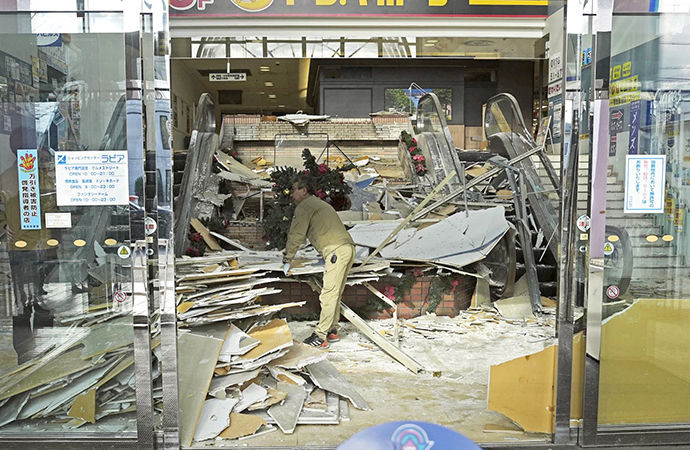


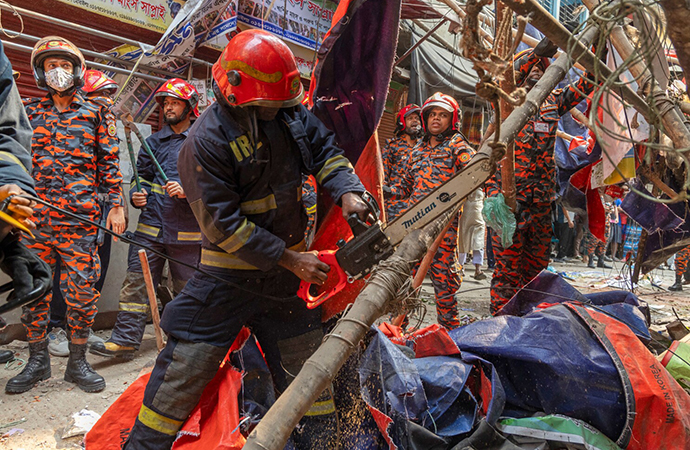
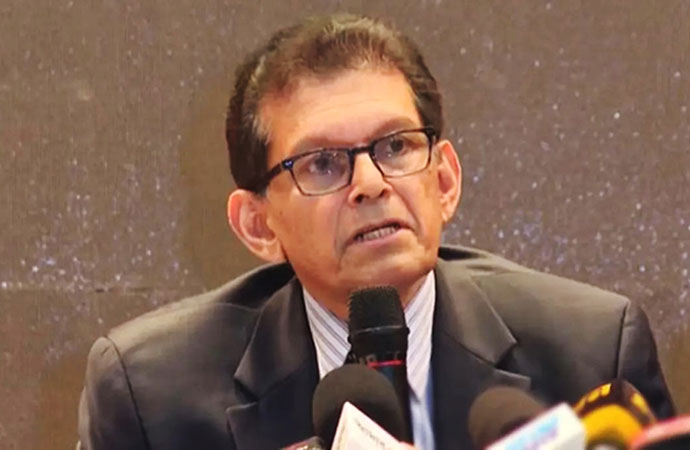
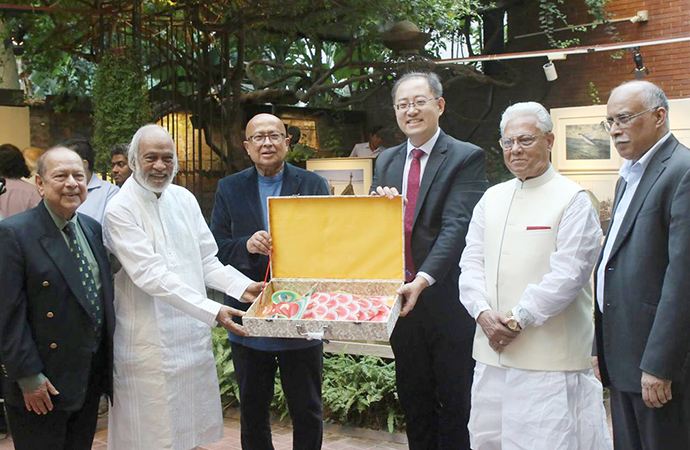





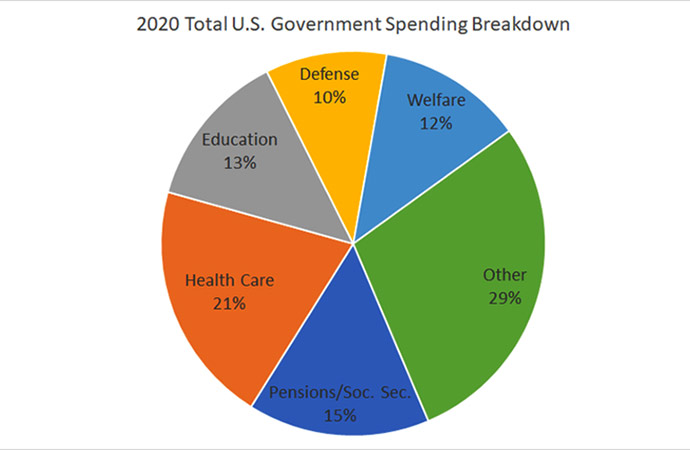




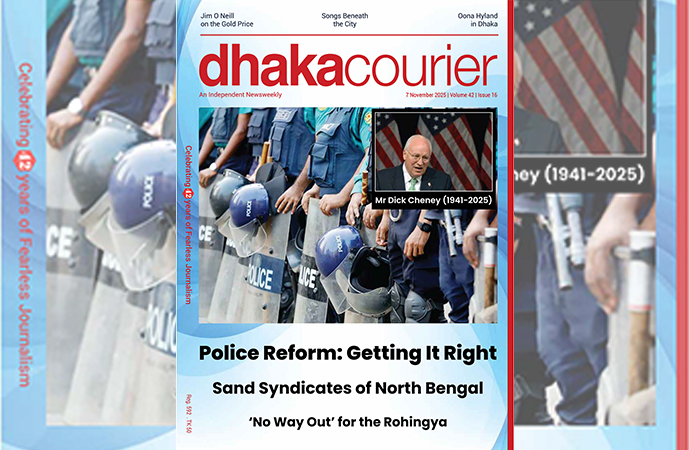
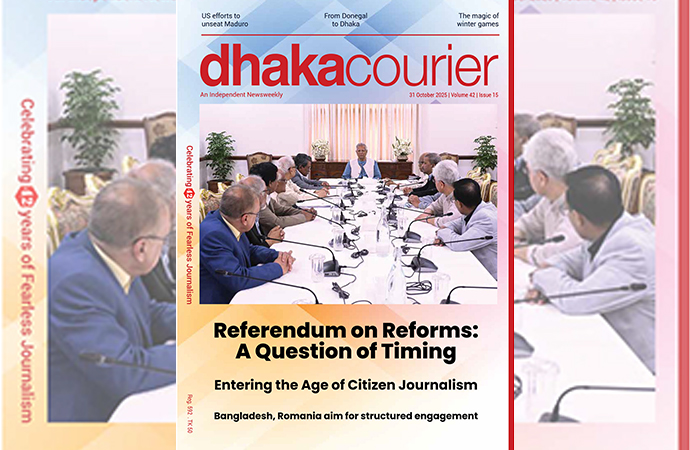
Leave a Comment
Recent Posts
Right On Schedule
The most eagerly anticipated, and frankly hyped up, announcement of an ...
Fighting raged along the borde ...
Fighting raged along the border of Cambodia and Thailand, with explosi ...
ICIMOD drives regional cooperation to inspire new mo ..
The Cage of Captivity and the Cry for Freedom: A Cru ..
Why Japan issued an advisory for a possible megaquak ..
The Autocrats’ War on Universities